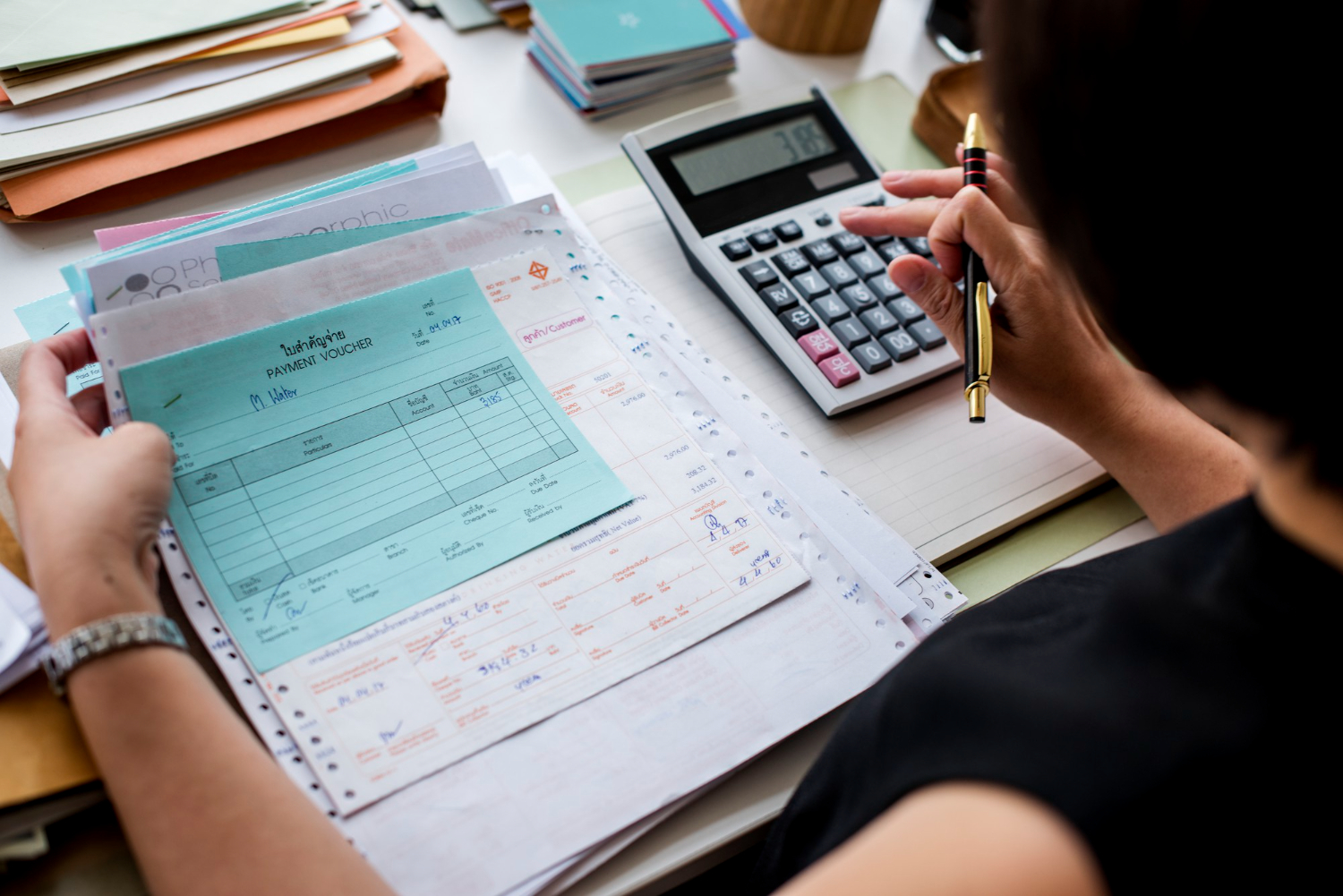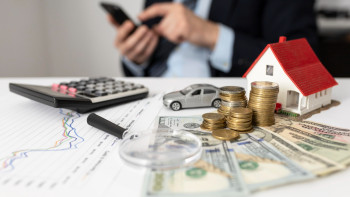Value Added Tax (VAT) and Tax are two terms often used in the field of finance and business, but they are not the same thing. If you are an entrepreneur, average tax payer, or just an average citizen willing to know how taxes work – a disciplined understanding of VAT and tax is what you need. In this blog, we are introducing everything about VAT and Tax, how they work and how they affect both businesses and consumers.
What does VAT mean (Value Added Tax)?
VAT (Value Added Tax) is a type of consumption tax that is imposed on the value added to goods and services at each stage of the production or distribution process. It is an indirect tax, where businesses charge and collect the tax on behalf of the government, instead of the taxpayer paying the tax directly.
When a business sells a product or service for example, it applies VAT on top of the price. The business keeps the tax revenue collected on behalf of the government, sending taxes it collects to the tax authorities and the consumer pays the VAT as part of the total price.
How Does VAT Work?
VAT is essentially a tax on the value added at each stage of the production or supply chain. Here’s an easy explanation of how it works:
Stage No. 1 Raw Material Stage: A manufacturer purchases raw materials from a supplier and earns VAT on these materials.
Production Process: The producer of things in its turn sells things to a wholesaler and adds VAT for the given price. The manufacturer can then reclaim the VAT paid on these raw materials.
Wholesaler Stage: Here, the wholesaler purchases the goods from the manufacturer and sells these to a retailer, charging VAT on the selling price. On the other hand, the wholesaler recovers the VAT that he paid to the manufacturer.
Retail Stage: The final sale of the goods to the consumer, with VAT charged on the sale price. It places the full burden of the VAT on the consumer, as no VAT paid can be reclaimed.
What this means is that value-added tax is paid by consumers, at the time of purchase, but businesses collect the tax and pay the government. What this means instead, and how it can be considered a more equitable system, is that every business within the supply chain can recoup the VAT it has already paid on purchases, whereby the tax is only levied on the value added at each stage.
What is Tax?
A tax is a mandatory financial charge or levy imposed by a government to its individuals, corporations and other entities to fund various public services and expenditures. Taxes are a necessary means by which governments obtain the finances to build infrastructure, fund education and healthcare, protect the nation and provide services that can benefit all.
There are a different types of taxes are as follows:
Income Tax: Tax on Income of Individual or Business
Sales Tax: Tax applied to goods and services at the point of sale (often separate from VAT).
Corporate Tax: A tax on the profits of companies.
Excise Tax: Tax on certain goods like alcohol, tobacco, or fuel.
Property tax: Tax on real estate or personal property
Capital Gains Tax: A tax on the profit of asset sales.
VAT vs. Tax: Key Differences
Although both VAT and tax are used for collecting revenue for the government, there are some significant differences between them:
Nature of Tax
Value Added Tax (VAT) is a particular class of indirect tax. It’s paid to the government by the consumer but collected and remitted by businesses.
In general, tax can also be divided into two categories: direct tax and indirect tax. The tax on income is a direct tax, paid by the taxpayer directly to the government, while sales tax is an indirect tax that is similar to VAT.
Scope
Unlike other forms of taxation, VAT is a consumption tax that is applied to the value added to goods and services at each stage of the economy.
Tax, for the law there are various kind of activity and income can be subject, for example there are income, property, sales.
Reclaiming Tax
With VAT, businesses can recover tax paid on inputs (such as raw materials or services). Thus, VAT is a consumption tax, not a production tax.
Once paid, most taxes (like income tax) are nonrefundable.
Implementation
Therefore, VAT is one of the most advanced taxation laws used by almost all countries around the world; consequently, it is frequently levied on various products and services.
Other taxes can be more disparate, with each country having different systems and means by which it levies taxes such as income tax or capital gains tax.
Why is VAT Important?
Revenue Generation
VAT is one of the biggest generation of revenue for various governments across the globe. Unlike income tax, which can fluctuate with the economy, VAT is generally more stable as it is a consumption tax. As long as folk are purchasing goods and services, VAT receipts continue to trickle into the coffers of government.
Fairness in Taxation
4.505% VAT is levied on goods and services at each step of the supply chain, which distributes the tax burden more evenly. It is also transparent, the consumer knows exactly what VAT was charged on every purchase. Whereas income tax is progressive and penalises those on a higher income level, VAT is a level playing field for taxpayers.
Encourages Business Growth
This provides a tax incentive to invest in and grow a business, because businesses can recover VAT on their inputs. And tax costs on production do not weigh on companies.
Understanding VAT & Its Effect on Consumers
For individuals, VAT can lead to higher prices since the tax is included in the price at the time of purchase. But because VAT is typically levied at a single flat rate and collected at each stage of production, the burden doesn’t fall on consumers as heavily as a direct income tax.
How VAT Affects Consumers:
Consumer Price Increases: With the VAT implemented consumers could experience an increase in the price of goods and services paid.
Visibility: VAT is typically itemized on receipts, showing consumers exactly how much tax they are paying.
Not reclaimable: Consumers cannot reclaim VAT, unlike enterprises.
VAT vs. Other Taxes: A Comparison
Comparing VAT and tax to different common forms of taxation can be helpful in understanding how they affect the economy differently:
Income Tax: A tax applied to the income of individuals or businesses, based on revenue, as opposed to VAT, which is applied to consumption.
Declared on proceeds of properties or services: Sales Tax – Similar to VAT, but only applies to the final point of sale to the consumer.
Excise Tax: An indirect tax on the consumption of a known cause of a negative outcome (i.e., alcohol, tobacco); functionally similar to VAT, but applied to specific products category.
Understanding Value Added Tax and Tax: Using It for Your Finance Planning
VAT can be one of the several variables that seek to fund a function of government, in a similar way to tax. However, for businesses, VAT can provide some of the most valuable insights in analysing how prices and costs are affecting cash flow and providing a list of things to do to ensure compliance with up-to-date tax laws.
At the consumer level, VAT can have an impact on purchasing decisions but it’s crucial to understand the role of VAT as part of the overall tax picture.
Staying informed about VAT and tax can help you make better financial decisions and ensure that you are complying with the law, whether you are a consumer, business owner or investor. If you are not sure how VAT or other taxes apply to you then take advice from a tax advisor who will help you navigate the tax system.
📞 Want Assistance with VAT and Tax? – To know more about how VAT & tax impacts your business or individual finances, reach out to us today!




















